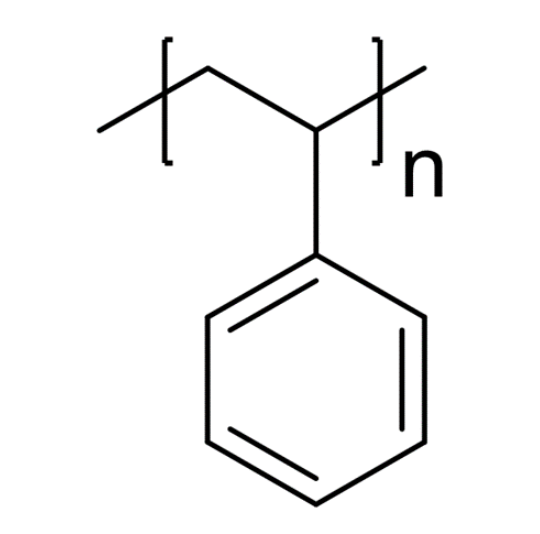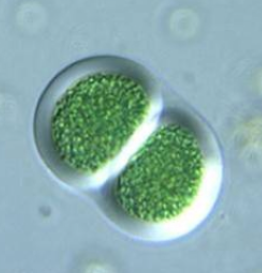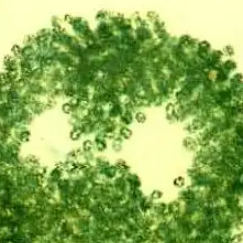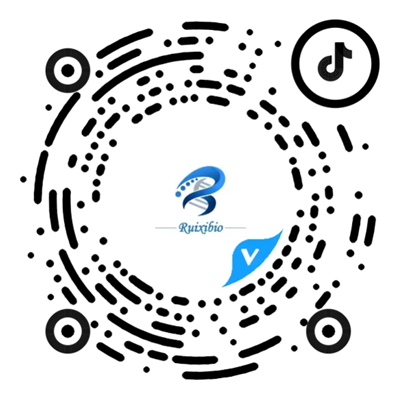文献:Polystyrene nanoplastics affect growth and microcystin production of Microcystis aeruginosa
文献链接:https://link.springer.com/article/10.1007/s11356-020-10388-w
作者:Xiaowei Zheng , Yuan Yuan , Yanyao Li , Xianglin Liu , Xiangrong Wang , Zhengqiu Fan
相关产品:PS nanoplastic(聚苯乙烯纳米塑料)
原文摘要:
Nanoplastics are widely distributed in freshwater environments, but few studies have addressed their effects on freshwater algae, especially on harmful algae. In this study, the effects of polystyrene (PS) nanoplastics on Microcystis aeruginosa (M. aeruginosa) growth, as well as microcystin (MC) production and release, were investigated over the whole growth period. The results show that PS nanoplastics caused a dose-dependent inhibitory effect on M. aeruginosa growth and a dose-dependent increase in the aggregation rate peaking at 60.16% and 46.34%, respectively, when the PS nanoplastic concentration was 100 mg/L. This caused significant growth of M. aeruginosa with a specific growth rate up to 0.41 d-1 (50 mg/L PS nanoplastics). After a brief period of rapid growth, the tested algal cells steadily grew. In addition, the increase in PS nanoplastics concentration promoted the production and release of MC. When the PS nanoplastic concentration was 100 mg/L, the content of the intracellular (intra-) and extracellular (extra-) MC increased to 199.1 and 166.5 μg/L, respectively, on day 26, which was 31.4% and 31.1% higher, respectively, than the control. Our results provide insights into the action mechanism of nanoplastics on harmful algae and the potential risks to freshwater environments.
PS nanoplastic:指的是聚苯乙烯纳米塑料。聚苯乙烯(PS)是一种常见的塑料,纳米塑料是指尺寸在纳米尺度(通常为 1 - 1000nm)的塑料颗粒。PS 纳米塑料可以通过多种方式形成,如塑料的物理磨损、化学分解或者是在塑料生产过程中的纳米化处理。其化学稳定性较好,在一般环境条件下(如常温、常压、中性 pH 环境),PS 纳米塑料不容易发生化学反应。然而,在一些特殊环境中,如在强酸碱、高温或者存在某些特定的化学物质(如强氧化剂)时,可能会发生化学变化,如氧化、降解等。其表面可能带有电荷,这取决于其合成方法或者环境因素。表面电荷会影响其在溶液中的分散性和与其他物质的相互作用。例如,带有正电荷的 PS 纳米塑料在含有负离子的溶液中可能会发生静电吸引作用。基于PS nanoplastic的相关性能,介绍如下:

图:PS结构式
PS nanoplastic对铜绿微囊藻生长会产生物理阻碍、光照影响、化学poison性等影响。
聚苯乙烯纳米塑料的尺寸很小,在水体环境中会与铜绿微囊藻细胞相互接触,可能会吸附在藻类细胞表面,形成一层物理屏障。这层屏障会阻碍藻类细胞与外界环境的物质交换,同时也会影响藻类细胞排出代谢废物的过程。纳米塑料在水体中会对光的传播产生散射和吸收作用。铜绿微囊藻进行光合作用需要充足的光照,而聚苯乙烯纳米塑料的存在会减少到达藻类细胞的有效光照强度。聚苯乙烯纳米塑料可能会释放出一些添加剂或者在环境中吸附其他有害物质,这些物质可能会对铜绿微囊藻产生化学poison性。
PS nanoplastic对微囊藻poison素会对生长抑制与poison素产生关系、直接诱导或抑制机制、环境因素协同作用等产生影响。聚苯乙烯纳米塑料对铜绿微囊藻生长的抑制作用,会间接影响微囊藻poison素的产生。因为微囊藻poison素的产生与藻类的生长代谢密切相关,生长代谢受到抑制意味着产生poison素的生理过程也会受到干扰。纳米塑料可能会直接影响铜绿微囊藻细胞内微囊藻poison素合成相关基因的表达。在实际的水体环境中,纳米塑料与其他环境因素会产生协同作用,影响微囊藻poison素的产生。


图:铜绿微囊藻 & 微囊藻poison素
结论:
该文献使用聚苯乙烯(PS)纳米塑料研究了该物质对铜绿微囊藻(M. aeruginosa)生长以及微囊藻poison素(MC)的产生和释放在整个生长期的影响。结果表明,PS纳米塑料对铜绿假单胞菌的生长具有剂量依赖性的抑制作用,并且聚集率呈剂量依赖性的增加,PS纳米塑料浓度的增加促进了MC的产生和释放。

 2025-08-19 作者:ws 来源:
2025-08-19 作者:ws 来源:

